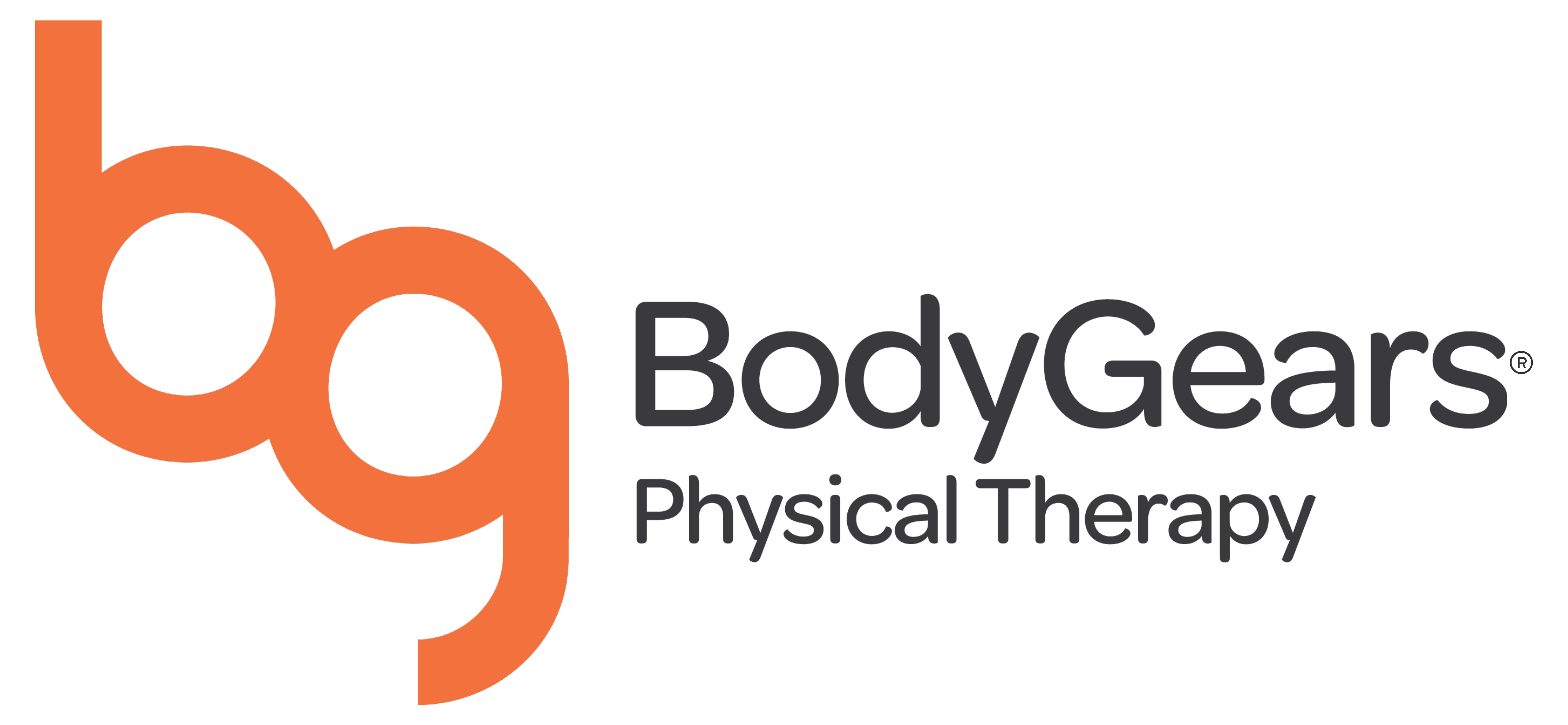If something’s not right in your body, you want to know what’s causing the problem. Fair enough, since addressing a problem at its source is the best way to solve it. What better way to figure out what’s going on with your body than to take a look inside with an MRI?
What you need to remember is that an MRI produces an image of you in a single still position. For many people whose pain is provoked by walking, reaching, bending, etc., their scans can often come back with one of two results:
- The frustrating “no significant findings” – this is because MRIs cannot detect movement or postural dysfunctions which may be the actual source of your pain.
- The depressing “age-related changes” – the presence of these “wear and tear” findings do not predict pain nor are they always present in people with pain1. Starting around age 25, many of us begin to leave lasting marks on our knee menisci, bulge out our discs, and wear down our cartilage without it resulting in any symptoms.
Considering the time, money, and claustrophobia that goes into getting an MRI, you’d hope for a guaranteed “source of the problem” result. Unfortunately, that’s just not the case according to the research.
In fact, getting an MRI when there’s unlikely to be a major finding can have detrimental effects to your health and finances.
Risk of Surgery
Several studies have been conducted to identify the detrimental effects of undergoing early non-indicated MRI scans. One followed 3,264 workers compensation cases of lower back pain and found that patients and clinicians “may misrepresent the presence of abnormalities, even if clinically unrelated, to be indicative of a more specific and severe diagnosis”².
It’s considered “early” if you get an MRI before your first 4 weeks of conservative care
is completed.
The researchers suggested that MRI resolution is so advanced nowadays that the small abnormalities that used to go undetected can end up blowing a problem out of proportion². For example, everyone aged 45 right now will have actual “age-related changes” on their scans but this is not predictive of symptoms.
The researchers also identified another sobering finding:
Of those who had no indications for needing an MRI, only 3% of the no-MRI group ended up having surgery while 100% of those who had an early unjustified MRI ended up having surgery. Additionally, those who had an early MRI without indications for one had a higher percentage of early opioid use and had a higher dose in the first 15 days².
Medical Costs
In another study, not only did workers take more time off work after receiving non-indicated early MRI scans, but guess how much higher their medical costs were for the next 2 years?
People who received non-indicated early MRI scans spent $13,000 more on health care than people who did not receive an MRI³. Even if you’re lucky and your back pain resolves in less than 30 days, you’re still looking at approximately $8,000 more in medical costs over the next 2 years (for more intensive interventions without better health outcomes) if you get an MRI when you don’t need one³.
Indications for MRI
The Joint Clinical Practice Guideline from the American College of Physicians and the American Pain Society states under their second recommendation that, “Clinicians should not routinely obtain imaging or other diagnostic tests in patients with nonspecific low back pain”4. Their fourth recommendation addresses cases of persistent low back pain following 4 weeks of conservative treatment and states to only utilize MRI or CT for potential surgical or epidural steroid injection cases because there is no evidence that routine imaging affects treatment decisions or improves outcomes4. This excerpt says it all:
“Routine advanced imaging is also not associated with improved patient outcomes and identifies many radiographic abnormalities that are poorly correlated with symptoms but could lead to additional, possibly unnecessary interventions.”
In conclusion, remember this:
- MRI scans are indicated in the event of major trauma, the presence of red flags for serious conditions, or to determine the progression of some diseases – save the MRI for any of these scenarios or if symptoms are not improving after 4 weeks of conservative treatment.
- Correlation does not equal causation – the presence of something on a scan does not automatically make it the source of your pain.
- In the scientific world, the MRI is referred to as highly sensitive but highly nonspecific (it picks up everything, but not everything will be related to your symptoms)
- You have no way of knowing how long some “change” an MRI found has been there and you’ve been functioning pain-free all this time in spite of it.
- Research supports care models that recommend starting with physical therapy instead of advanced imaging for the initial management of low back pain in order to lower the risk of future health care and lower charges5.
Since you don’t need a scan or a prescription to get your physical therapy treatment underway in Illinois, use our online form now to claim your FREE Red Flags Screen. Find out if you’re a candidate to skip the MRI and possibly benefit from conservative treatment first.
style=”text-align: center;”>Click here to get to claim your FREE screen
Written by: Dr. Julia Melanson, PT, DPT
Edited by: April Oury, PT, MSPT, IOC, CFMT, FAAOMPT, Founder
References:
1. Brinjikji, W., et al. “Systematic literature review of imaging features of spinal degeneration in asymptomatic populations.” American Journal of Neuroradiology (2015),https://doi.org/10.3174/ajnr.A4173
2. Webster, Barbara S., and Manuel Cifuentes. “Relationship of early magnetic resonance imaging for work-related acute low back pain with disability and medical utilization outcomes.” Journal of Occupational and Environmental Medicine (2010),https://doi.org/10.1097/JOM.0b013e3181ef7e53
3. Webster, Barbara S., et al. “Iatrogenic consequences of early magnetic resonance imaging in acute, work-related, disabling low back pain.” Spine (2013),https://dx.doi.org/10.1097%2FBRS.0b013e3182a42eb6
4. Chou, Roger, et al. “Diagnosis and treatment of low back pain: a joint clinical practice guideline from the American College of Physicians and the American Pain Society.” Annals of internal medicine (2007), https://doi.org/10.7326/0003-4819-147-7-200710020-00006
5. Fritz, Julie M., Gerard P. Brennan, and Stephen J. Hunter. “Physical therapy or advanced imaging as first management strategy following a new consultation for low back pain in primary care: associations with future health care utilization and charges.” Health services research (2015), https://doi.org/10.1111/1475-6773.12301
As always, consult with your Licensed Physical Therapist for individualized advice. For those in Illinois, visit your PT immediately without a prescription or referral.
Give us a call at (877) 709-1090 for more information or fill out the contact us form and we will contact you.
Don’t forget to check out our Instagram, Facebook, and Podcasts for more great information and resources.
Copyright © 2018 by Body Gears Physical Therapy All rights reserved.
This blog or any portion thereof may not be reproduced or used in any manner whatsoever without the express written permission of the publisher except for the use of brief quotations in a review.






